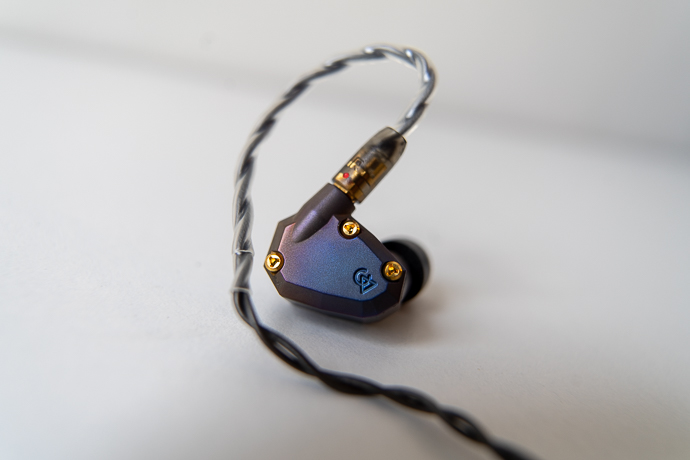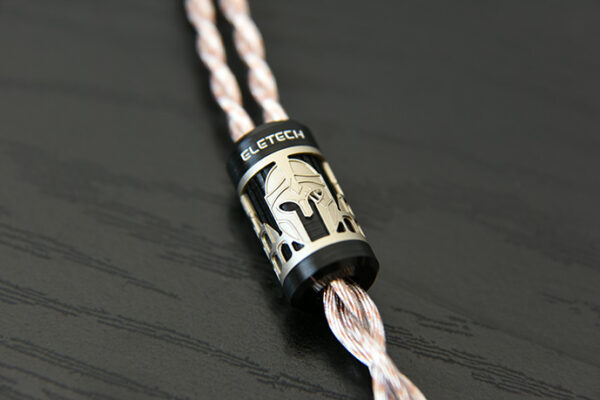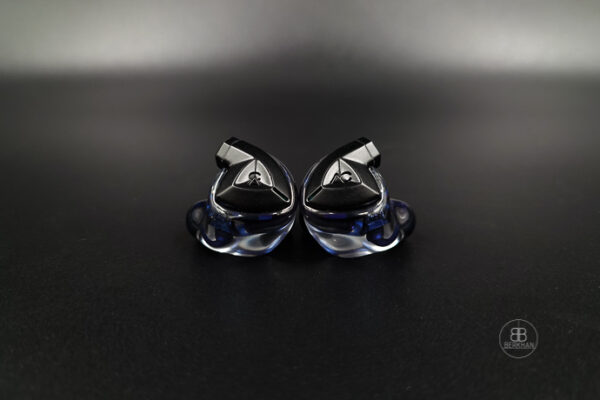If Google is showing you this page directly, click here to go to the start of the article.
Sound General
The new Moon Rover, equipped with planar drivers, offers a balanced sound characterized by natural tone and delivery. It leans towards a musical signature in the bass and midrange, while the treble presents a brighter, more articulate profile. The organic presentation in the bass region stands out, and despite the IEM’s full-bodied nature, the treble performance is very definitive—noticeable right from the first listen.
After evaluating both the Moon Rover and its flagship sibling, the Astrolith, it’s evident that Campfire Audio has fine-tuned its approach to planar driver technology in IEMs. Both models exhibit a mature tuning that feels refined and highly suited to their design goals.

Sound Classics
Bass
The bass performance of the Moon Rover is not focused on sheer quantity or an immediate “wow” factor, but instead, it delivers a realistic, true-to-life sound. The mid-bass definition is particularly natural, with just the right amount of presence. For those new to planar IEMs, this bass response might initially feel underwhelming, but given time, its subtle, realistic nature becomes evident.
The Moon Rover may not provide the richness often associated with dynamic drivers, yet it truly shines in bass speed—an area where planar drivers excel. While dynamic drivers are traditionally praised for their texture, planar technology in the Moon Rover seems to have reached a point where it delivers a good amount of texture, especially in the mid-bass. This results in a balanced bass response that offers more control and quickness, with less focus on overwhelming quantity.
For listeners seeking deep sub-bass rumble, the Moon Rover may not fully satisfy those cravings, but I find this approach to be more suited for a wide range of music genres. The sub-bass presence is sufficient without overpowering the overall bass quality.
The mid-bass definition is well-executed, maintaining clarity and separation. Even with its notable presence, the mid-bass remains clean, avoiding the common issue of overshadowing the mid-range. This balanced approach results in a bass presentation that feels refined, controlled, and highly musical.

Mid-Range
The mid-range is where the Campfire Audio Moon Rover truly comes into its own, showcasing the potential of planar technology. While traditional BA and DD drivers may shine in specific areas, they rarely achieve the cohesive, organic presentation and realistic timbre that the Moon Rover delivers with its mid-range.
The Moon Rover offers a natural and fluid sound that breathes life into vocals and instruments, allowing each element to shine with good clarity and definition. The tonal balance is beautifully executed, making the music feel immersive and emotionally engaging. Instruments are rendered with remarkable realism, while vocals carry a depth and body that makes them stand out without sounding overly forward.
One of the Moon Rover’s standout qualities is its ability to blend musicality with detail. The mids are rich and dynamic, giving the sound a smooth, effortless flow. It strikes a perfect balance between warmth and transparency, ensuring that no part of the mid-range overshadows the rest of the spectrum. For those who appreciate rich, lifelike timbre, the Moon Rover provides a deeply satisfying experience, offering a mid-range that feels refined and polished, yet bursting with energy and character.
If you’re looking for an IEM that prioritizes mid-range excellence, the Moon Rover is a clear winner, presenting an engaging, fluid sound signature.

Treble
Page 1: About, Packaging, Design & Build, Fit
Page 3: Technical Performance, Comparisons, Conclusion









